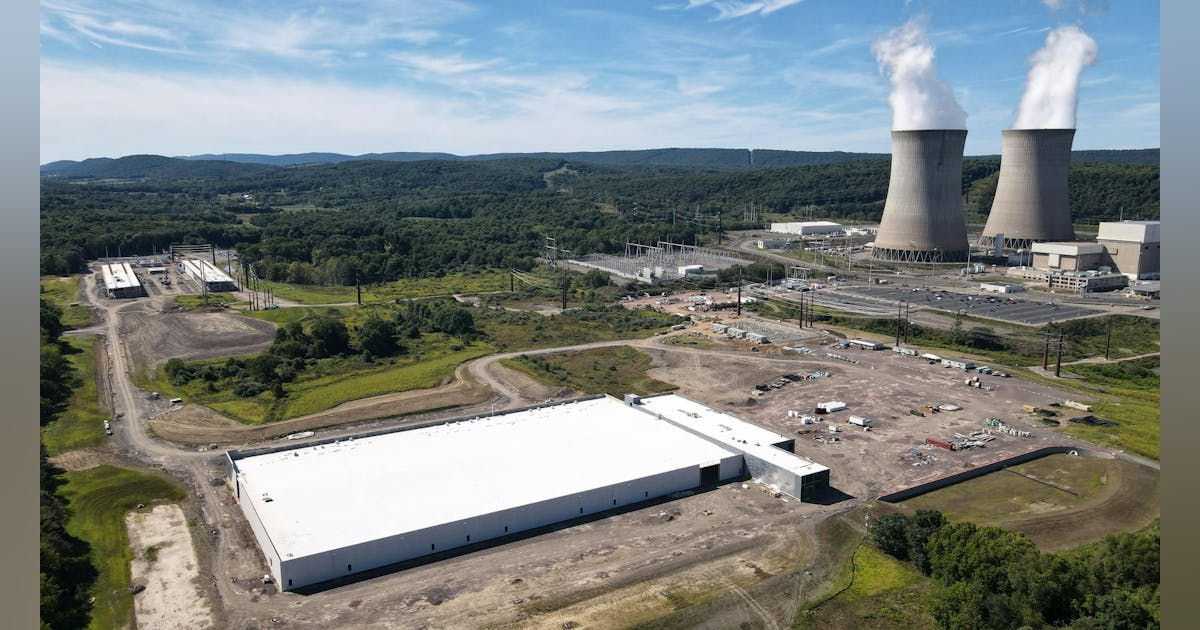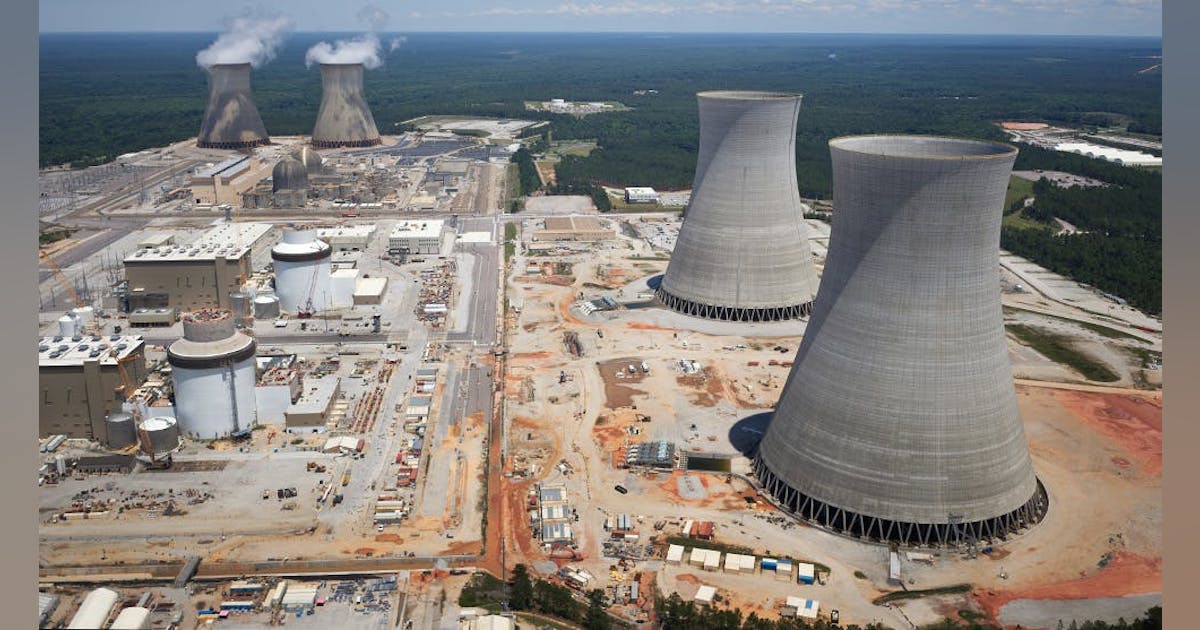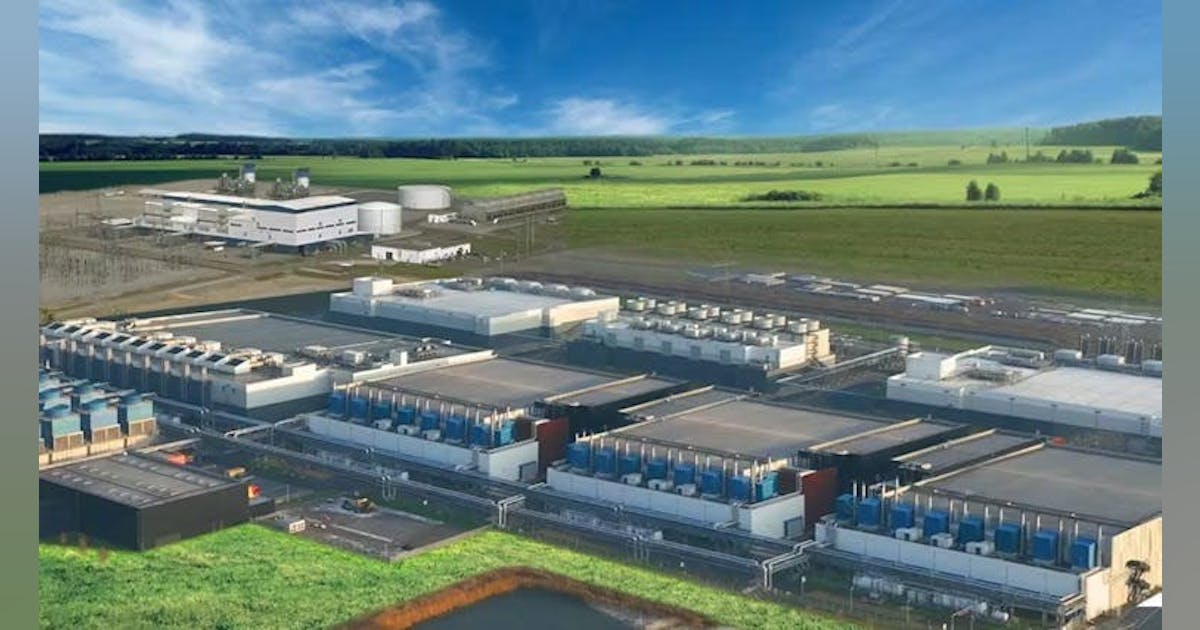
Talen Energy filed suit on January 28th against the Federal Energy Regulatory Commission (FERC)’s November 2024 ruling to prevent the company from finalizing their power purchase agreement with Amazon Web Services (AWS).
The rejection of the original agreement marked a pivotal development in the United States’ energy policy and data center operations alongside technological advances. Various sectors such as renewable energy investment, data center expansion, grid reliability, and corporate sustainability planning will feel the impact of this ruling.
It seems that the primary concerns of FERC were the lack of transparency about the implementation plans, and whether or not the deal would raise consumer prices on power. FERC had also denied a rehearing request from Talen which has resulted in this filing with the Fifth Circuit Court of Appeals.
Background on the Talen-AWS Power Agreement
As a major player in the cloud services industry under Amazon’s umbrella, AWS continues to rapidly build its infrastructure to address the increasing demand for cloud computing services.
The expansion of AWS includes building data centers which need massive energy consumption. In its Fourth Quarter 2024 financial results, AWS reported significant developments related to data centers and infrastructure.
The company achieved net sales of $28.8 billion in Q4 2024, marking a 19% increase from the same quarter in 2023. Operating income for AWS also rose to $10.6 billion, up from $7.2 billion in Q4 2023. AWS also announced a $10 billion investment to build two data center complexes in Mississippi, the largest capital investment in the state’s history, expected to create at least 1,000 jobs.
AWS has also pledged to achieve 100% renewable energy for its operations by 2025 as part of Amazon’s wider environmental commitment.
For its part, the Pennsylvania-based energy company Talen Energy maintains a varied portfolio of generation assets which combines both traditional forms of energy with renewable sources.
AWS was supposed to buy energy directly from Talen’s natural gas and renewable power plants for its data centers through a 15-year power purchase agreement (PPA) contract.
Centrally, AWS had also purchased a 1200-acre data center campus collocated with Talen’s Susquehanna Nuclear Power Station and a natural gas fired power plant.`
The PPA would have been a “behind the meter” contract, meaning the power would have been sourced directly from the generation source and not from the utility grid.
Problems for AWS and Talen
Soon after the deal between AWS and Talen was announced, two of the larger utilities in PJM Interconnect, the regional transmission operator for Pennsylvania, New Jersey, and Maryland asked that the agreement be blocked.
Their argument was that this agreement potentially set a precedent that would allow large load customers to get the benefit of transmission resources with paying for related costs. If so, future contracts with large customers could cut PJM out of the loop and increase the costs for maintaining and replacing their power grid equipment, passing the costs on to other customers.
The combined use of renewable and non-renewable energy sources in the agreement’s structure also led to questions about its compliance with environmental and market standards.
The FERC rejected the deal because it found problems with market competition, along with transparency issues and risks of negative effects on regional energy prices.
Impact On Other PPAs and Energy Planning
The FERC ruling delivers contradictory messages to stakeholders in the renewable energy sector.
On one hand, the agency’s ruling has the benefit of highlighting the critical need to maintain market fairness and avoid increased costs for consumers through energy agreements. But the denial of this agreement takes away what could have been a significant driver for investments in renewable energy.
The agreement between AWS and Talen aimed to establish a dependable energy supply for AWS’s data centers and finance Talen’s expansion of renewable energy resources. So the primary takeway seems to be that there is a fine line to walk, and there needs to be significant consideration of the impact of any such agreement on parties other than the energy provider and the PPA customer.
Future agreements pairing renewable energy with traditional sources to enhance reliability could become less common due to this ruling, or potentially far more complicated. Energy developers may now face doubts about the practicality of developing long-term PPAs with major corporate energy purchasers.
The uncertainty emerging from recent developments is likely to decelerate energy project development, particularly for hybrid projects that utilize both renewable and backup non-renewable sources.
Conversely, this particular ruling may increase the adoption of co-generation projects where the facilities invest in onsite power generation that can also send energy back to the grid.
Will This Have a Significant Impact on Data Center Development?
Tech giants like AWS lead data center construction projects that sustain the digital economy’s growth. Data centers require significant amounts of electricity equivalent to the consumption levels of small cities. The Talen-AWS agreement set up a reliable and consistent energy supply for AWS to support its expansion of data centers throughout the northeastern United States.
The FERC ruling complicates AWS’s current plans, and obviously the suit with the Court of Appeals further complicates the development.
The current lack of an agreement creates challenges for AWS to maintain dependable and affordable energy for its collocated data center campus, and the current situation threatens to impact planned developments, especially in Pennsylvania, New York, and Virginia, because of their intricate energy policies along with challenging grid conditions.
The decision might force AWS and other companies to more rapidly develop plans to establish their own energy infrastructure, and into moving their expansion to areas with better regulatory conditions.
The emerging changes may lead to continued imbalanced development of data centers across different regions. And the current model of building where the power is, might need further refinement.
Effects on Market Competition and the Grid
FERC’s decision highlighted the potential effects of the Talen-AWS agreement on market competition and the stability of the power grid as a primary concern.
The specific arrangement of the AWS deal permitted them to obtain energy at lower rates, which could disrupt market equilibrium and impose additional costs on remaining grid customers.
Meanwhile, the FERC decision underscores the necessity for fairness among energy market participants while stressing the importance of sustaining competitive market structures.
However, the decision also highlights a broader challenge, and one which the industry discusses but is rarely in a position to act on. The ruling demonstrates a significant ongoing issue which involves managing corporate power consumption alongside maintaining grid stability.
Hyperscale facilities operated by AWS need reliable power sources that maintain high quality. Grid operators and policymakers face increasing challenges to maintain grid stability while managing substantial loads from facilities like AWS data centers.
The failed agreement demonstrates the conflict between a single company’s energy plans and the grid’s overall requirements.
Sustainability and Economic Implications
The decision also creates major consequences for business sustainability programs. AWS holds a leading position in corporate renewable energy procurement, as it consistently stands among the top purchasers of wind and solar power worldwide.
AWS’s strategy to reach its 100% renewable energy will likely require additional contracts for nuclear power, and the co-located data center campus seemed tailor-made for delivering significant carbon-free energy at scale.
The repercussions of the blocked agreement extend well beyond the primary parties involved. Talen Energy will face investment limitations in both renewable and conventional projects without the revenue obtained from the AWS agreement.
The FERC ruling serves to protect smaller energy consumers from prospective cost shifts that the deal might have triggered. The ruling seeks to protect public interests by prioritizing market fairness, although this may hinder certain corporate projects.
While the appeal has just been filed it will be interesting what decision process the Court chooses to follow if it agrees to consider the case.
Conclusion
The FERC ruling marks a crucial turning point for the convergence of energy policy formation, corporate business planning and technological innovation. Moving forward, several trends are likely to emerge:
- Increased Regulatory Scrutiny: Energy agreements will attract more stringent regulatory monitoring when companies initiate deals that incorporate non-traditional arrangements or involve substantial energy amounts.
- Shift Toward Renewable-Only Agreements: Corporations may steer towards renewable-only PPAs to bypass regulatory complexities, despite the need for further investment in energy storage systems or grid improvement measures.
- Innovation in Energy Solutions: This determination could promote rapid advancements in energy storage systems and microgrid technologies that empower companies to fulfill their energy requirements outside traditional market structures.
- Geographic Shifts in Data Center Development: The data center industry may undergo a geographical transformation as companies seek expansion in regions offering more advantageous regulatory conditions.
- Broader Policy Discussions: The ruling emphasizes the importance of establishing wider policy conversations to balance corporate energy needs with grid stability and market equity amid the fast-changing energy sector.




















